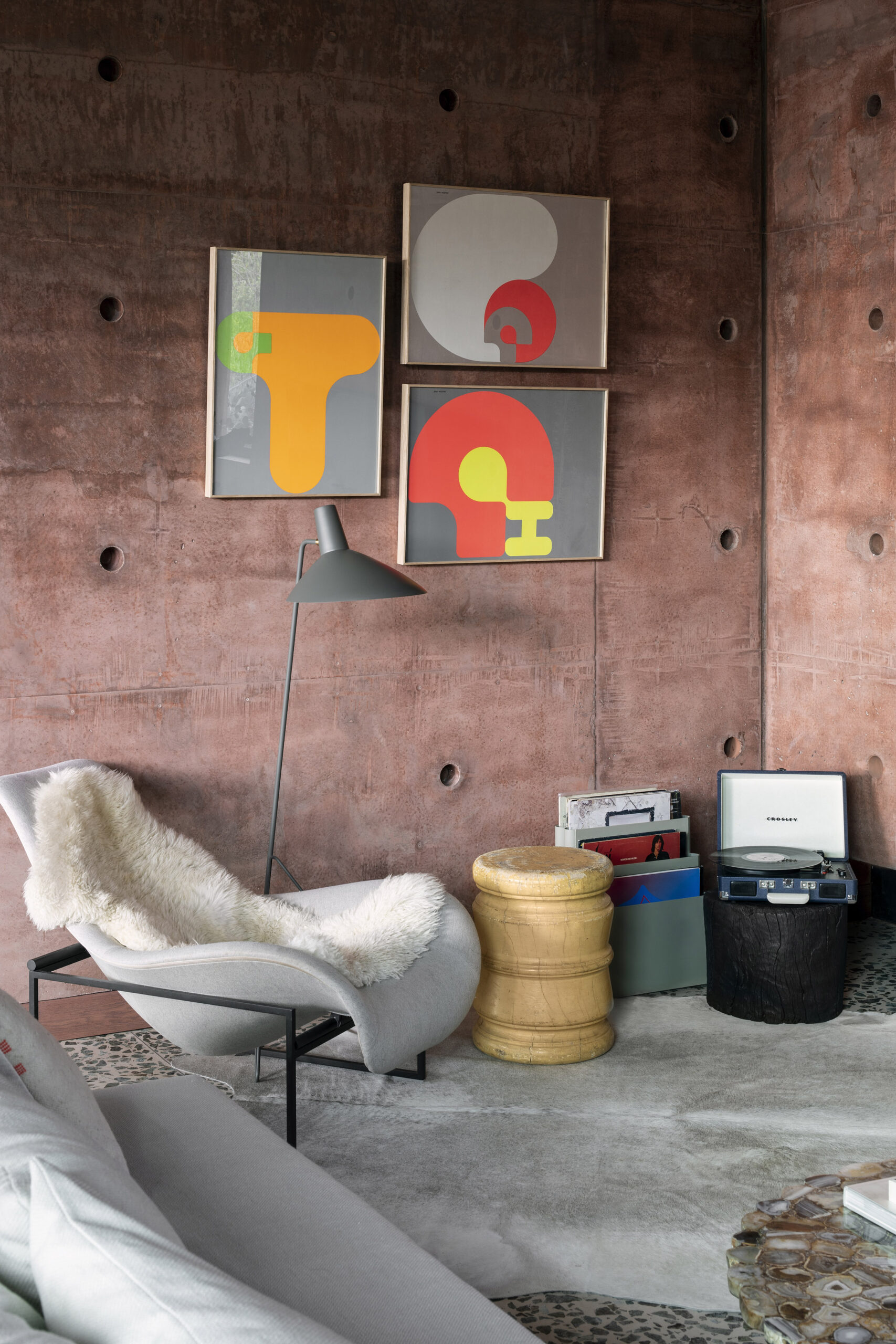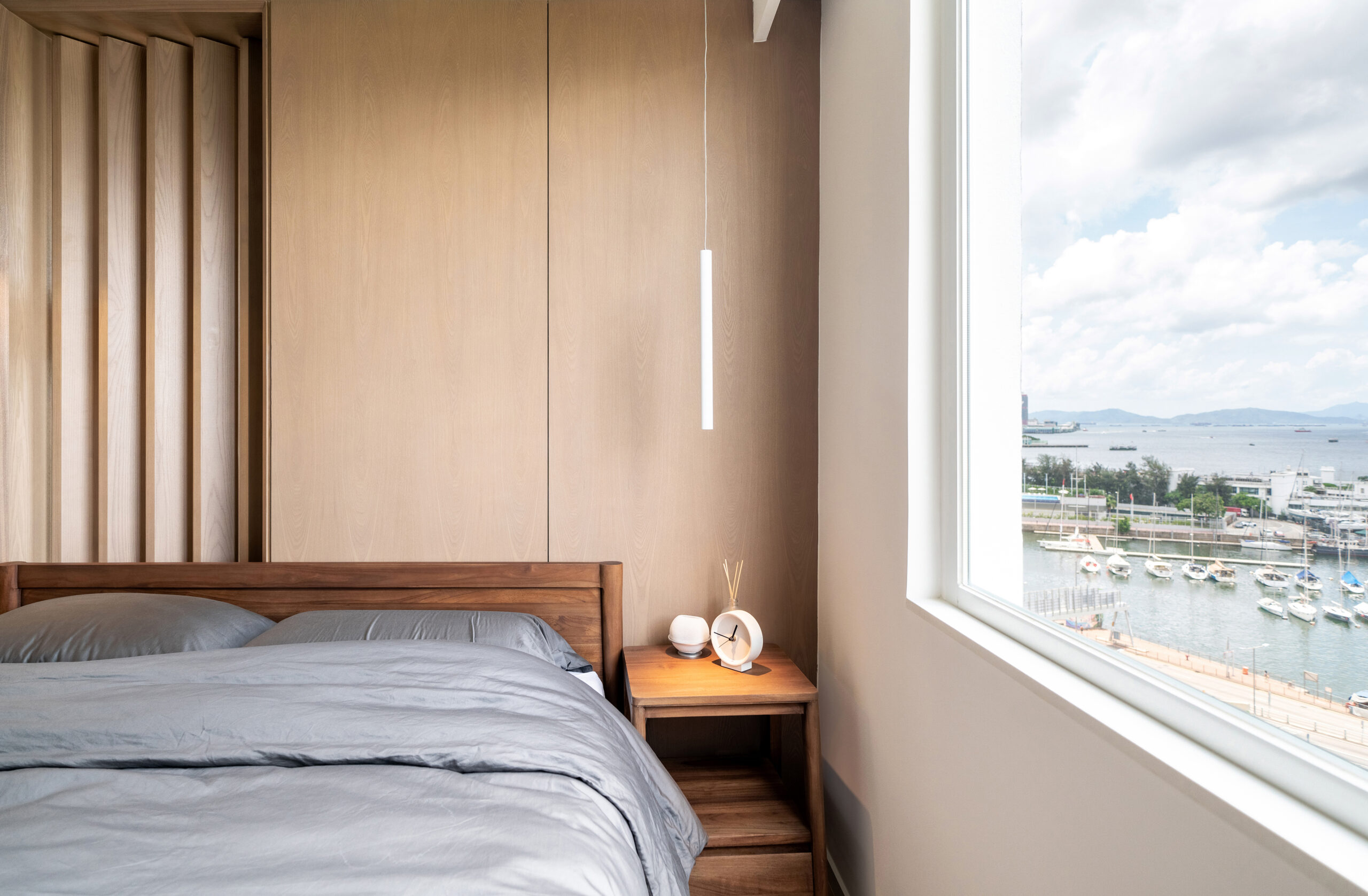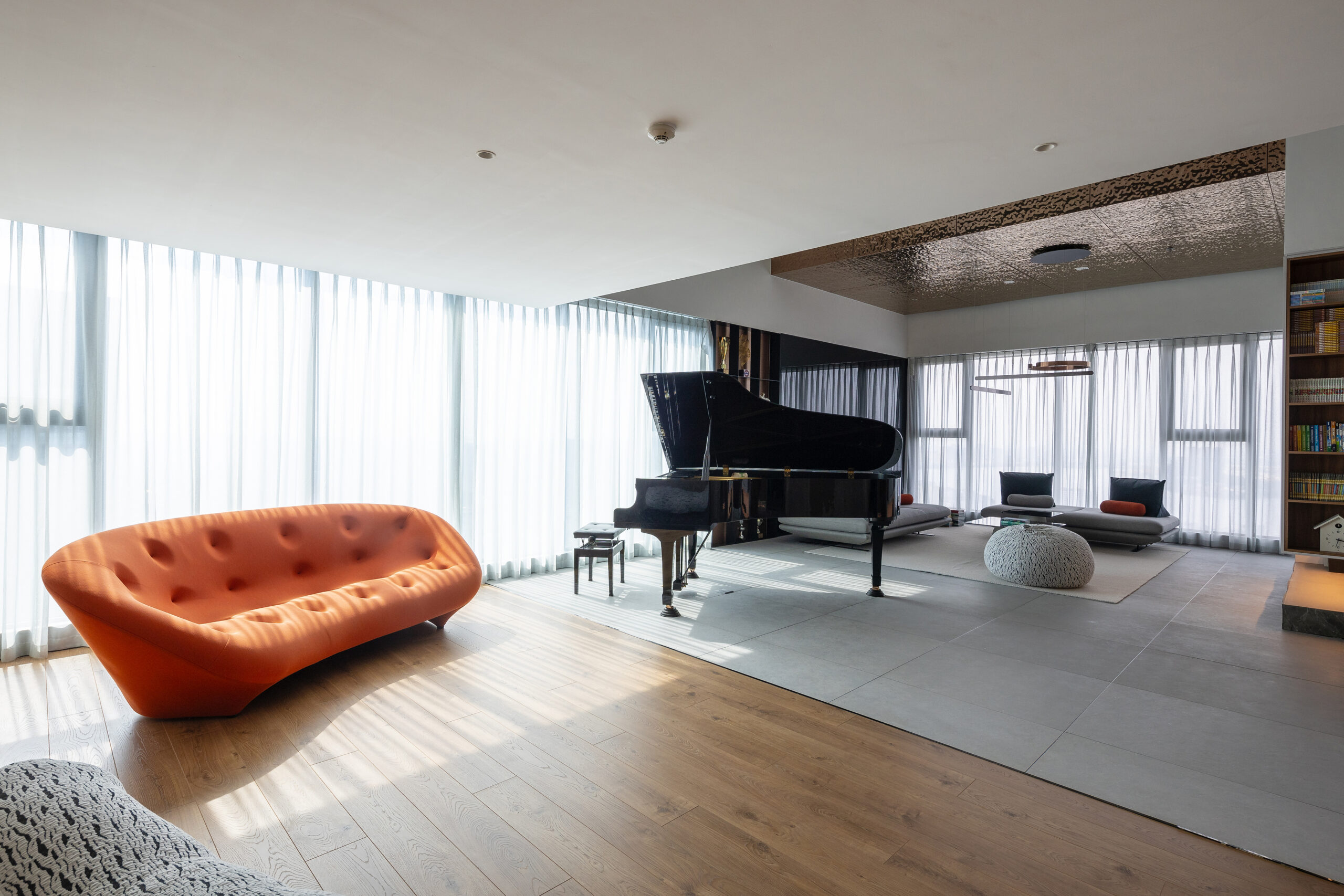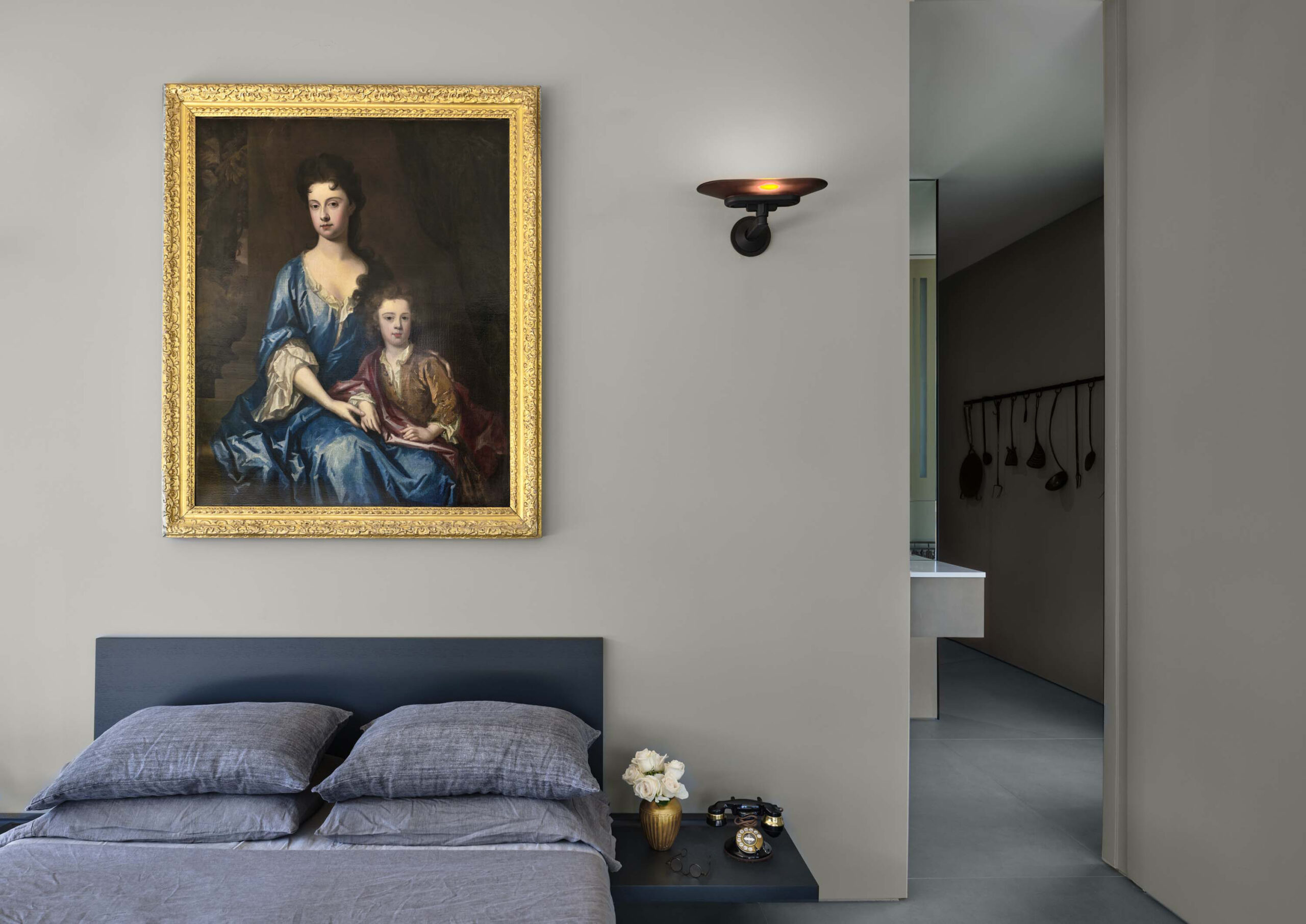Nostalgia Now: Analogue Aesthetics Make a Major Comeback in Modern Interiors
For over a decade, Architizer’s A+Awards have been championing architectural excellence worldwide. This year, the program celebrates local innovation with global recognition. Start your entry today!
There was a time, not so long ago, when a television wasn’t for streaming or gaming or playing in the background while we scrolled through our apps on another device. It was a physical piece of furniture, often clad in polished wood, and parked proudly in the center of the living room. Vinyl players were not just decorative objects that were subject to admiration simply because of their color and cladding. Objects that are only truly appreciated by those who have just discovered the wonders of Led Zeppelin. They were the heartbeat of every social gathering. These products, along with radios, typewriters and telephones, were function and fashion combined. The talisman of the trendy and totems of modernity. They played an important role in our social interaction as the ultimate facilitators of group entertainment.
Today, society has changed. Each of these devices has been concentrated into a single object. A solitary device that we each keep in our pocket, on our desk or, most likely, in our hand. We don’t need to meet up and hear new records together. The idea of waiting by the phone at a certain time to catch up with friends is utterly unimaginable to some of the next generation. Today, we have access to every form of entertainment we could want or need at any given moment — and we’re getting tired of it.

Upper Albert by ARRCC, Cape Town, South Africa | Photo by Adam Letch
While the digital revolution has given us unprecedented access to information and convenience, it’s also led to what many psychologists call “digital fatigue.” We’re hyper-connected, but we’re also exhausted — mentally and emotionally. The constant barrage of messages, comments, likes and memes is something we cannot keep up with. No matter how hard we try. As a result, many people are beginning to reject it. Opting to cut down and shut off from their online worlds more and more in the pursuit of authentic living. Unsurprisingly, designers being called upon to create interiors that find the balance between our digital needs and our analogue wants. Unsurprisingly, they are resoundingly responding, providing us with spaces that offer a much-needed reprieve from the constant digital bombardment.

EF’s residence by arctitudesign, Hong Kong | Photo by arctitudesign
You’ve probably heard of the slow food movement. It’s a way of living that emphasizes local, sustainable ingredients and, most importantly, the joy of savoring a meal rather than absent-mindedly eating in front of a screen. In a bid for greater fulfillment, it is a decision to be deliberate in ones’ actions and present in the moment. The reintroduction of vintage electronics aligns perfectly with this philosophy of slow living. Old-school electronics represent a return to objects that require patience and intention.
Take the experience of playing a vinyl record. Nothing about it is convenient — flipping a record after every few songs is hardly practical, and even choosing a record takes time and thought. But in the inconvenience lies the charm and allure. Without shuffling or an algorithm making choices for us, we are forced to slow down to make deliberate decisions, and in return, we are rewarded with a richer, more sensory and satisfying experience. The crackle of the needle, the slight imperfections in sound: all these details heighten our engagement with the music. It’s a tactile experience that can feel ritualistic. It’s an experience that stands in stark contrast to the sterile efficiency of digital streaming.

Kabuchin Penthouse by IDEE Architects, Hanoi, Vietnam | Photo by Tri?u Chi?n.
For the past decade, tech companies have relentlessly pursued the idea of seamless integration. Smart homes, smart furniture, smart everything. But, as is so often the case with convenience, we’ve paid a price. Our homes, our sanctuaries have become inundated with screens and sensors, trackers and data. Transforming them from places of rest into 24/7 control centers with metrics and goals. There’s irony in it. The more we delegate to technology, the more stressed and distracted we become. We’re drowning in a sea of notifications, and our spaces now demand that we constantly engage with them, monitoring and manipulating them — and to achieve what exactly? Certainly not an easier life. So, we’re looking to the past to reign us in, to recalibrate and recapture much of the valuable time we are losing to technology.
Of course, it’s not as simple as fully rejecting technology, most of us have jobs to do that require technology, and often advanced technology at that. However, designers are, as always, finding solutions. Through products and interior design choices, designers are increasingly blending vintage electronics with state-of-the-art technology or shifting away from technology-based devices at all. With consumers flooding to buy traditional alarm clocks, leaving them free to create distance from their phones that have negative effects on sleep. Introducing fire pits as spaces to engage without television. Or products like smart typewriters that feed information to your computer but are designed to relieve the inevitable eye strain of typing all day. Even the inclusion of musical instruments as design features and functional entertainment is becoming more prevalent. Simply having walls of books instead of screens is becoming increasingly popular. Ultimately these choices help interior designers create spaces that function in modern society yet recapture the emotional freedom and sensory richness of the past.

Casa Annunziata by Specht Novak, Sheffield, Massachusetts | Photo by Dror Baldinger
Equally, there are many design theorists who argue that the rise of “nostalgia design” in contemporary interiors is more valuable than just getting us off our phones. They claim there is a further emotional benefit. Imagine an old Braun radio sitting on the mantelpiece. It doesn’t work, but that isn’t the point. The radio anchors the space, providing a conversation piece that draws people in, prompting stories and memories of grandparents tuning into long-forgotten stations. It is as though the object itself has a certain gravitas, acting as a reminder of a shared past and encouraging connection. In art and design, nostalgia is a powerful tool and storytelling is more powerful still.
In the end, what we are witnessing is a return to human-centered design in spaces that prioritize not only efficiency but also experience. So, what does the future hold for interior design as vintage electronics continue to make their comeback? The answer likely lies in balance. We don’t need to reject technology wholesale, but we do need to find ways to humanize it, to integrate it into our spaces in a way that also respects our emotional and sensory needs and as we move forward, it’s worth remembering that sometimes, to make progress, we need to rewind.
For over a decade, Architizer’s A+Awards have been championing architectural excellence worldwide. This year, the program celebrates local innovation with global recognition. Start your entry today!
Featured image: D Residence by CREATIVE TERRITORIES, Bangkok, Thailand. Photograph by SPACESHIFT STUDIO.
The post Nostalgia Now: Analogue Aesthetics Make a Major Comeback in Modern Interiors appeared first on Journal.
